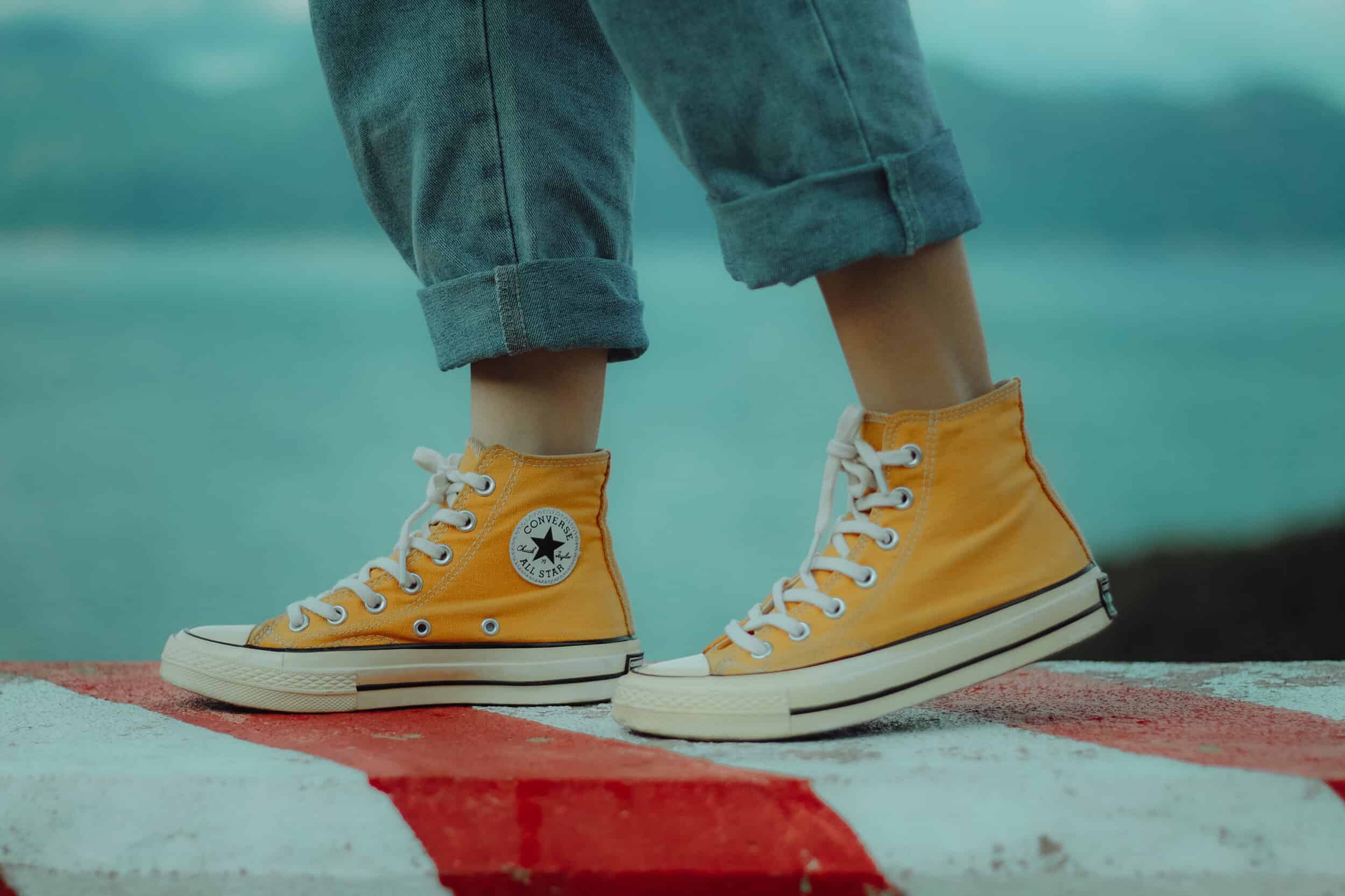Scoring a great deal on used camera gear is part art, part science—and, with the right approach, it can unlock savings and even allow you to access higher-end equipment that elevates your photography. At Goodshop, we recognize that a smart purchase isn’t just about the price tag; it’s about getting real value and peace of mind that your gear will deliver when you need it. Here, we share well-honed tips and insights that help you spot high-quality used camera equipment, avoid pitfalls, and maximize your investment.
1. Master the Mechanical Checklist: Know What to Look (and Listen) For
Before anything else, you need to make sure the camera or lens in question actually works—and will keep on working. Start by checking the shutter count (number of actuations) for cameras. Many DSLRs and mirrorless cameras store this in the metadata (EXIF) of an image, which can be checked with online tools or software from the manufacturer.
- Entry-level cameras may be rated up to 100,000 shutter actuations, while professional models may last up to 400,000. The closer a camera is to this number, the more caution you should exercise.
- Bring an SD card and take a few test images to look for sensor spots, dead pixels, or abnormal colors. Try each shooting mode, autofocus function, and button.
- See if the lens elements move smoothly through their ranges, with no grinding or sticky spots.
Listen for unusual noises when the shutter fires or the lens focuses—these may indicate internal wear. A quiet inspection can reveal much about a camera’s life before you.
2. The Physical Inspection: Don’t Let Cosmetic Flaws Fool You
It’s tempting to judge a camera by appearances, but the real story is often told by the details:
- Lens glass: Inspect closely under a bright light for scratches, fungus, or signs of internal haze. Look at the aperture blades (by opening the lens and shining through) for oil or warping.
- Body: Check for cracks around the battery door, LCD, and flash hotshoe. Ensure rubber grips are firmly attached—their looseness may signal heavy use or improper storage.
- Weather sealing: Rubber gaskets should be fully intact and not sticky, dry, or cracked. Poor sealing can let moisture and dust in, greatly reducing a camera’s lifespan.
- Tripod mount: Excessive wear can suggest the camera was heavily used, often in dynamic or rigorous environments.
Inspecting these areas takes just a few minutes and can save you from long-term headaches or costly repairs in the future.
3. Seller Reputation and Return Policies: Protect Yourself
Where you buy matters as much as what you buy. Here’s how we approach assessing sellers:
- Online marketplaces: Only engage with sellers boasting a reputation of 98% or higher and many verified transactions. Scams disproportionately originate from unmonitored social media sellers, so always use official platforms with built-in protections.
- Retail outlets or certified retailers: Look for 30-day (or longer) money-back guarantees, even on used gear. Honest sellers typically offer these as a badge of confidence.
- Private party or in-person sales: It’s reasonable to ask for the original purchase receipt or a warranty card, especially for expensive gear. This helps ensure the equipment was not stolen or tampered with and allows you to confirm its age and origin.
At Goodshop, we encourage making your purchases through reputable sources. If you’re considering trusted partners like UsedPhotoPro.com, you can often find certified used gear and peace of mind.
4. Trace the Equipment’s Story: Ask the Right Questions
When you’re dealing with a knowledgeable and honest seller, you’ll quickly get relevant and transparent answers. Here’s what we ask every time:
- Why are you selling? Selling due to upgrading or switching systems is common and generally safe; selling because a product is failing or has problems is a major red flag.
- How was it stored? Properly stored cameras are kept in dry, cool places, often with some humidity control. Bad storage leads to mold, fungus, and corrosion, especially in lenses.
- Have there been previous repairs? If so, insist on documentation from an authorized service center. Unauthorized repairs can void manufacturer support.
- What’s the serial number? Cross-check this with manufacturer databases (where possible) to rule out ‘gray market’ imports, which generally carry no warranty.
Don’t be shy. An upstanding seller will appreciate your attention to detail—and sometimes your questions will yield surprising upgrades (like included accessories) or honest answers about small quirks.
5. Be Strategic About Where and When You Buy
Not all used gear sources are created equal. Here’s how different buying channels stack up in terms of value and safety:
| Source | Cost vs. New | Typical Warranty | Risk Level |
|---|---|---|---|
| Certified Refurbished | 80-85% | 6-12 months | Low |
| Reputable Retailers | 10-20% less | 90 days+ | Low-Medium |
| Private Sales | Variable | None | High |
If you’re willing to wait, the best time to buy used gear is just after major product launches, when enthusiasts and pros trade in older models for the latest releases. Prices dip, and inventory selection is at its highest. Also remember to budget 10-15% of the purchase price for an initial professional cleaning, especially if you’ll be using the gear for critical work right away.
Bonus Tip: Factor In Future-Proofing & Re-Sale Value
While you’re saving money by buying used, it’s smart to think ahead. Choose camera bodies and lenses with good reviews, broad compatibility, and that are easy to resell later. Brands and models that are widely used—like entry and mid-level DSLRs from leading manufacturers—are safest and tend to retain more value.
Plus, purchasing through trusted marketplaces means you can often resell or trade up your gear later with confidence, further stretching your budget.
Conclusion: Let Goodshop Help You Get More for Your Money
Hunting for high-quality used camera equipment pays off when you pair careful inspection with smart shopping. Whether you’re a hobbyist capturing family moments, a creative pro building a studio kit, or simply aiming to level up your Instagram, following these steps reduces risk and maximizes value.
As you explore your options, don’t forget that at Goodshop’s UsedPhotoPro offers and similar reputable sellers, you can stack exclusive coupons and deals to get even more for your dollar. Plus, your mindful shopping can help support causes you care about—so you’re not just saving, but also giving back. Ready to start building your dream kit? Let us help you shop smarter and do good at the same time.















